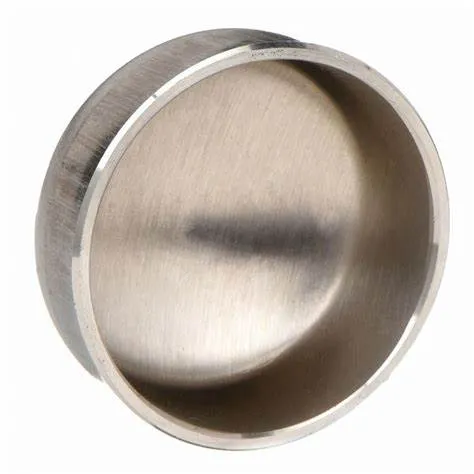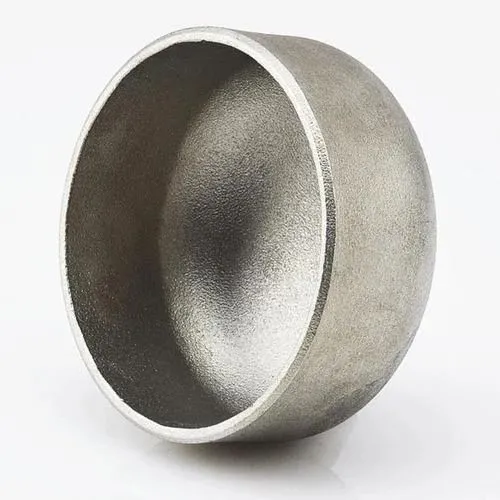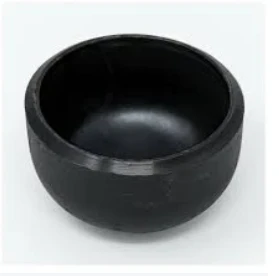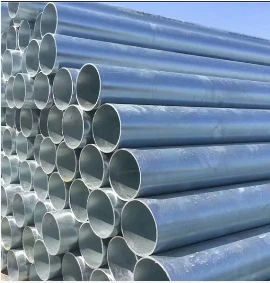JIS B2311 是一项日本工业标准,涵盖对焊管件,包括管道系统中使用的管帽。对焊管帽的作用是封闭管道末端,提供密封以防止泄漏或污染。以下是 JIS B2311 对焊管帽的介绍:
- 1. JIS B2311 Standard:
- - JIS B2311 标准规定了管道系统中对焊配件(包括盖帽)的设计、尺寸、材料、制造和测试的要求。
- - 该标准确保符合 JIS 标准生产的盖符合质量标准并与其他管道组件兼容。
- 2.对焊帽:
- - 根据 JIS B2311,对焊帽是一种用于牢固覆盖和密封管道末端的配件,提供保护并维护管道系统的完整性。
- - 当管道末端需要永久或暂时封闭时,使用管帽来防止泄漏、污染或为系统提供完工。
- 3.材料和结构:
- - 符合JIS B2311规格的对焊帽有碳钢、不锈钢、合金钢等多种材质可供选择,以满足不同的应用需求。
- - 这些盖子采用标准化的施工方法制造,以确保焊接到管道末端时连接牢固、无泄漏。
- 4.应用及优点:
- - 对焊帽可应用于各个行业,包括石油和天然气、化学过程、水处理厂以及需要牢固封盖管道末端的更多行业。
- - 管帽可保护管道末端免受环境因素的影响,防止污染,并有助于保持管道系统的清洁和完整性。
- 5.安装与焊接:
- - 安装对接焊盖时,正确的安装实践(包括正确的对准、管端准备和焊接技术)对于确保紧密和防漏的密封至关重要。
- - 焊接是将管帽连接到管道上的常用方法,可以提供牢固而永久的封闭,以承受系统内的压力、温度变化和流体流动。
- 总之,JIS B2311 对接焊接帽是管道系统中用于密封和保护管道末端的关键部件。这些帽符合标准化要求,可确保在需要管道封闭和保护的工业应用中的质量、可靠性和兼容性。
What Is a Butt Welding Cap and How Is It Used in Industrial Piping?
In industrial piping systems, end-of-line sealing and branch closures require robust solutions. A butt welding cap serves as a critical component for terminating pipes securely. By providing a seamless, welded closure, this fitting maintains system integrity, prevents leaks, and supports compliance with industry standards.
What Is a Butt Welding Cap?
A butt welding cap—also called a pipe end cap or buttweld end cap—is a round fitting designed to close off the end of a pipe. It’s manufactured to match the pipe’s outer diameter and schedule, with either a hemispherical or flat face. To install, both the pipe end and cap are beveled to form a V‑groove, enabling full‑penetration, fusion welds. Common materials include carbon steel, stainless steel, nickel alloys, and other engineered grades, chosen to satisfy pressure, temperature, and corrosion‑resistance requirements.
How Is Butt Welding Cap Used in Industrial Piping?
Butt welding caps find application across oil & gas, petrochemical, power generation, water treatment, and general process industries for both permanent and temporary closures. During hydrostatic testing, technicians install caps to seal off sections of piping while monitoring for leaks. In new construction or retrofit projects, caps terminate branch lines, future tie‑in spools, or dead‑end mains until system expansion. Welders prepare each joint by cleaning and beveling surfaces, aligning the cap precisely, and executing a root pass followed by filler passes per the qualified Welding Procedure Specification (WPS). Post‑weld heat treatment and non‑destructive examination (NDE)—such as radiography or ultrasonic testing—verify weld integrity and compliance with ASME B16.9 and related standards. Additionally, temporary caps enable safe isolation during maintenance, allowing for segment testing and dewatering under regulatory protocols.
Benefits and Best Practices
Butt welding caps offer a smooth‑bore transition that minimizes flow disruption and stress concentration. Their full‑penetration welds deliver exceptional structural strength and leak resistance. To optimize performance, engineers should:
Select caps with matching material grades and wall thicknesses
Adhere to proper bevel angles and joint fit‑up tolerances
Follow qualified WPS protocols rigorously
Consider cladding or protective coatings in corrosive environments to extend service life
Regular inspection and thorough documentation ensure long‑term reliability and safe operation under demanding conditions.
Butt welding caps are indispensable components for achieving durable, leak‑proof pipe terminations in a wide range of industrial applications.
Butt Welding Cap FAQs
What is a butt welding cap?
|
What materials are commonly used?
|
What standards govern butt welding caps?
|
How are butt welding caps installed?
|
Where are butt welding caps typically used?
|
What are the advantages of threaded caps?
|
















